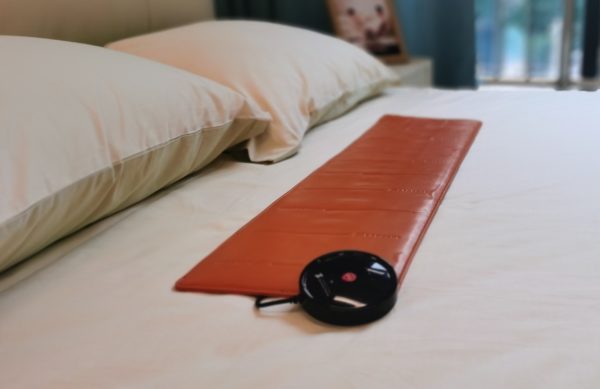The Digital Care Pad was on clinical trial at the No.5 People’s Hospital in Sichuan, Chengdu between 25th December 2023 to 8th August 2024, to assess the accuracy of the monitoring equipment when compared to medical grade ECQ equipment.
Summary of the Trial
The study was completed on the endocrine and digestive ward at the hospital, where data was collected on 13 hospitalised patients in 15-minute intervals throughout the day, and 8 patients all throughout the night, whilst they lay in their bed.
Throughout this time, the heart rate, respiratory rate and heart rate variability were all recorded using both the hospital’s ECG machines, and the Langzhi Digital Care Mats (which use BCG technology).
The recordings from the mats were fed into the MATLAB software used by the hospital to compare the differences between the BCG and ECG data.
Key Parameters Tested:
The parameters compared during the trial include:
SDNN (Standard Deviation of NN Interval):
The standard deviation of the NN interval (the time interval between two consecutive normal heartbeats, i.e., two normal QRS complex waves in the electrocardiogram). It reflects the overall variability of the heart rate within 5 minutes and is an indicator for measuring the overall heart rate variability.
RMSSD:
The square root of the difference between consecutive NN intervals. It mainly reflects the short-term variability of heart rate and is related to vagus nerve activity.
meanHR:
The average of all heartbeats during a given period, usually expressed in beats per minute.
LF/HF:
The power ratio of the two main frequency bands in the spectrum analysis of heart rate variability: low frequency and high frequency. This ratio can provide information about the balance of sympathetic and parasympathetic nerves.
SD1 & SD2:
The measure of short-term variability of NN intervals calculated by the autocorrelation function. It reflects the variability of adjacent heartbeat intervals.
SD1/SD2 Ratio:
This ratio provides information about the frequency content of heart rate variability. In general, a higher SD1/SD2 ratio indicates more short-term variability in heart rate variability, while a lower ratio indicates more long- term variability.
Findings:
Based on the parameters tested, both the heart rate and respiratory rate data from the mats was 98% accurate when compared to an ECG.
The algorithm behind calculating the Heart Rate variability was also tested, which was found to be 95% accurate when compared to ECG data.


